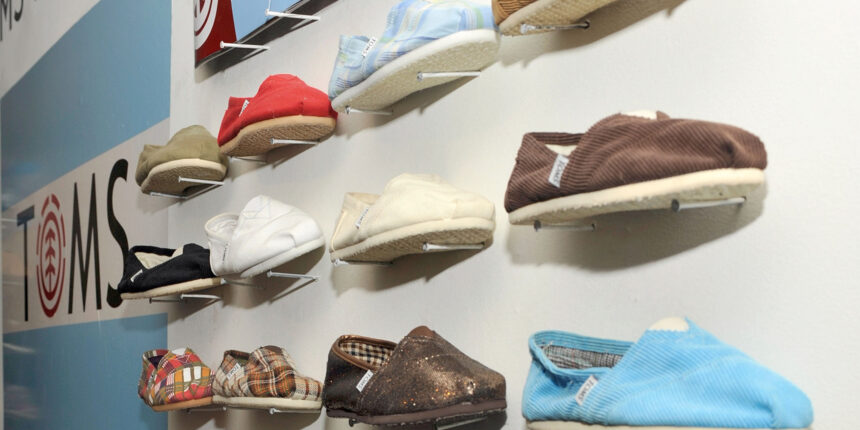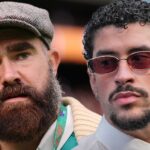It would be wrong to say TOMS shoes invented the Buy-One-Give-One model when it hit the market in 2006, but students of purpose marketing would agree that it quickly became the best-known company associated with that form of embedded giving.
That is why it struck so many so hard when TOMS – which had gone into such a steep business decline that it almost went bankrupt in 2019 – announced that it had completely moved away from linking the sale of its shoes to giving shoes to poor people (Now the company pledges it will give 1/3 of its profits to organizations creating grassroots good – a much more amorphous concept.)
This article is part of Branding Strategy Insider’s newsletter. You can sign up here to get thought pieces like this sent to your inbox.
I’ve followed the rise and fall of TOMS’s BOGO program with great interest over the years. For most consumers the great appeal of TOMS was the apparent simplicity of the offering “you buy a pair of shoes, we give a pair to a person in need.” But it didn’t take a very deep study of the LA-based company to realize that giving away shoes on a mass level was anything but simple.
During the early years when the TOMS story took off like a rocket and its BOGO story electrifyied millions of consumers, TOMS tried to keep out of the spotlight the fact that it was having tremendous difficulty giving away as many shoes as it was selling. Instead of being transparent, the website was very scant on details. The TOMS team discovered early on, as founder Blake Mycoskie later told me, “Giving is really hard.”
Although the company was distributing a lot of free shoes with a network of nonprofit partners (over the lifetime of the program TOMS reported giving away more than 95 million pairs), critical articles appeared questioning the manner in which TOMS managed that enterprise. Common questions included whether TOMS hurt the footwear industries of nations where it gave away shoes; whether distribution partners were improperly requiring recipients to participate in other programs to be given shoes; or, cutting to the very core of the program, whether giving away shoes really made a difference in the lives of recipients.
By 2012-2013 it appeared that the company had caught up with many of the problems associated with trying to run such an enormous giving enterprise. A substantial team had been hired to work exclusively on giving and was conducting research to try to better understand how to improve their impact. For example, the company arranged for many shoes to be manufactured in the countries in which they were to be given away. TOMS shared information on its giving practices more freely. In fact, I was so impressed with their progress and achievements that Engage for Good, the organization I run, recognized TOMS with an award at our 2014 conference.
For several years Mycoskie and his team tried to expand the TOMS BOGO concept to other product lines such as sunglasses, coffee and backpacks, but none of those efforts really caught fire. Footwear competitors created less expensive versions of TOMS core Alpargata line and even created their own BOGO programs. A 50% share of the company was sold to Bain Capital in 2014 for a reported $300 million and Mycoskie went from company leader to figurehead. Unfortunately, the new management was not able to reverse the company’s decline and in 2019 TOMS’ debtholders took control of the company, reportedly in lieu of having it file for bankruptcy.
New management led by CEO Magnus Wedhammar has been working furiously to create a workable model for TOMS including overhauled product design and the new giving model. The pandemic’s negative impact on bricks and mortar retail sales hurt although the company reportedly had a record year for online sales.
Whether all these changes will result in a company that produces profits and substantial social impact remains to be seen. I certainly hope so.
TOMS’ abandonment of the Buy-One-Give-One does not spell the end of that format as companies are endeavoring to make the BOGO model work on a sustainable level for their businesses.
Contributed to Branding Strategy Insider by David Hessekiel, Founder, Engage for Good
At The Blake Project, we help clients worldwide, in all stages of development, define or redefine and articulate what makes them competitive at critical moments of change, including defining a vision that propels their businesses and brands forward. Please email us to learn how we can help you compete differently.
Branding Strategy Insider is a service of The Blake Project: A strategic brand consultancy specializing in Brand Research, Brand Strategy, Brand Growth and Brand Education
FREE Publications And Resources For Marketers
Post Views: 0










